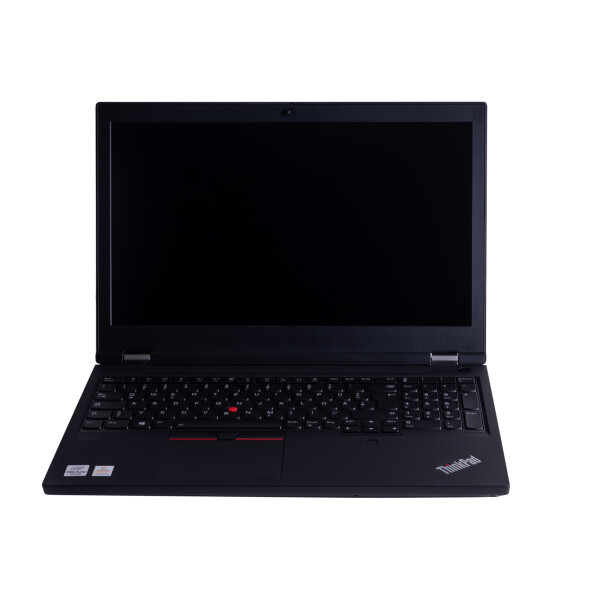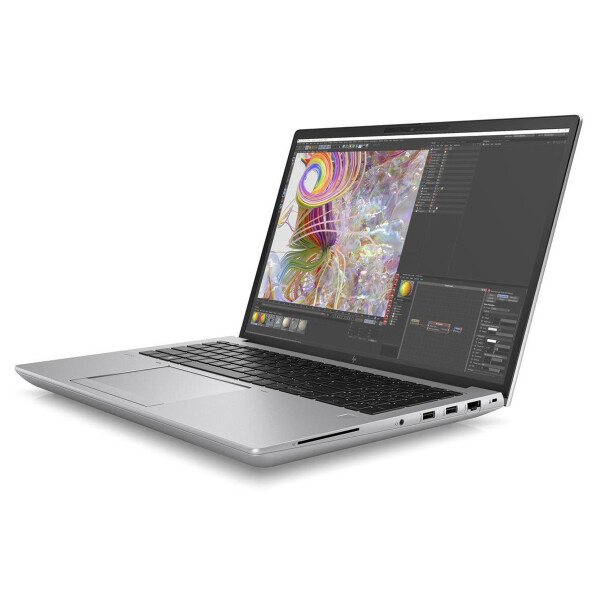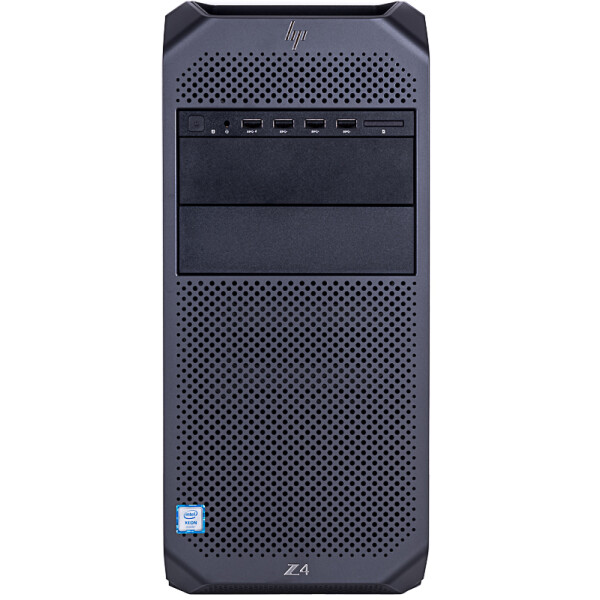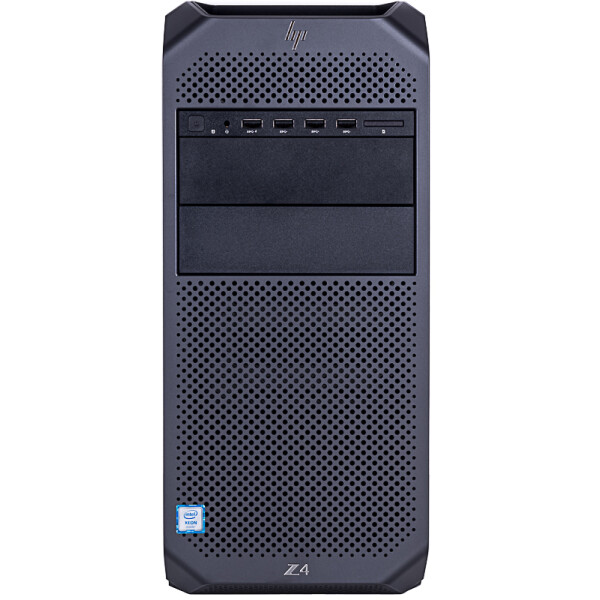How to configure your workstation for Autodesk Revit 2025
 The CAD program Revit has been specially developed for Building Information Modelling (BIM) and enables architects, building technicians and civil engineers to access a common database for each project.You want to work on larger and very complex projects with appealing geometry more easily and quickly? We configure the optimal business workstation for your individual Revit applications and offer you the possibility to put the system to the test with a test license for Revit via remote access. Contact us and arrange a free remote test. At the bottom of this page you will find our videos about navigation in real time. Following our expertise for Revit 2025:
The CAD program Revit has been specially developed for Building Information Modelling (BIM) and enables architects, building technicians and civil engineers to access a common database for each project.You want to work on larger and very complex projects with appealing geometry more easily and quickly? We configure the optimal business workstation for your individual Revit applications and offer you the possibility to put the system to the test with a test license for Revit via remote access. Contact us and arrange a free remote test. At the bottom of this page you will find our videos about navigation in real time. Following our expertise for Revit 2025:
The Best CPU for Autodesk Revit 2025: Powerful Processors for Architects and Engineers
Autodesk Revit 2025 places high demands on hardware, especially when it comes to 3D modeling and Building Information Modeling (BIM). Depending on the project size and complexity, the processor performance requirements vary. Here are the best Intel Core and Intel Xeon processors for small, medium and complex projects:
Intel Core processors for small and medium projects
-
Intel Core i7-13700K
-
Cores/Threads: 16 cores (8 performance cores + 8 efficiency cores) / 24 threads
-
Clock frequency: Base frequency 3.4 GHz, turbo frequency up to 5.4 GHz
- Advantages: High single-core performance, ideal for most tasks in Revit, from small to medium projects. Multithreading supports parallel tasks and renderings.
-
Intel Core i9-13900K
-
Cores/Threads: 24 cores (8 performance cores + 16 efficiency cores) / 32 threads
-
Clock frequency: Base frequency 3.0 GHz, turbo frequency up to 5.8 GHz
- Advantages: Excellent performance for both single and multi-core tasks, suitable for more complex medium-sized projects and tasks with high computing intensity.
Intel Xeon processors for medium and complex projects
-
Intel Xeon W-2245
-
Cores/Threads: 8 cores / 16 threads
-
Clock frequency: Base frequency 3.9 GHz, turbo frequency up to 4.7 GHz
- Advantages: High single-core performance and reliability, suitable for medium-sized projects with higher complexity. Supports ECC memory for increased data integrity.
-
Intel Xeon W-2275
-
Cores/Threads: 14 cores / 28 threads
-
Clock frequency: Base frequency 3.30 GHz, turbo frequency up to 4.60 GHz
- Advantages: High number of cores and threads, ideal for parallel processing tasks and complex simulations. Excellent for large medium to complex projects.
-
Intel Xeon Gold 6262
-
Cores/Threads: 24 cores / 48 threads
-
Clock frequency: Base frequency 1.90 GHz, turbo frequency up to 3.60 GHz
- Advantages: Maximum number of cores for extreme parallel processing, perfect for the most demanding and complex projects in Autodesk Revit. Supports large amounts of ECC memory.
The Best RAM for Autodesk Revit 2025: Optimal Performance for All Project Sizes
Introduction
Autodesk Revit 2025 requires powerful hardware to handle the complex demands of modern architecture, engineering and construction projects. RAM plays a crucial role in this. Here you can find out which RAM is the best choice for small, medium and complex projects.
-
RAM for small projects
For small projects that have less complex modeling requirements, fast but not oversized RAM is crucial. 16 GB RAM with a speed of 2666 MHz provides a solid basis. This configuration ensures that smaller files and models can be edited smoothly and without delays.
-
RAM for medium projects
Medium projects require more processing power and memory as they often contain more detailed models and larger amounts of data. Here we recommend 32 GB RAM with a speed of 2933 MHz. This combination offers the necessary performance to handle more complex tasks and increase efficiency.
-
Memory for complex projects
Complex projects that involve highly detailed models and large amounts of data place the highest demands on hardware. For these projects, 64 GB of RAM with a speed of 3200 MHz or more is ideal. This configuration enables seamless editing and ensures that even the most demanding tasks can be completed quickly and efficiently.
Faster RAM can improve Revit performance, especially if you are processing large amounts of data. Memory channels: Revit benefits from quad-channel memory configurations if your platform supports it. RAM performance will be increased.
Faster RAM can improve Revit performance, especially if you are processing large amounts of data. Memory channels: Revit benefits from quad-channel memory configurations if your platform supports it. RAM performance will be increased.
The best graphics cards for Autodesk Revit 2025: powerful options for optimal performance
For Autodesk Revit 2025, especially for professional applications such as small, medium and complex projects, Nvidia Quadro graphics cards are a suitable choice. Here are some recommendations depending on the project size and complexity:
-
Small projects:
Nvidia Quadro RTX 2000 (6GB)
Nvidia Quadro RTX 4000 (8GB)
These graphics cards offer sufficient performance for smaller projects in Revit and are cost-effective for these requirements.
-
Medium projects:
Nvidia Quadro RTX 2000 ADA (16GB)
Nvidia Quadro RTX A4000 (16GB)
These cards offer a good balance between performance and price and are ideal for medium projects that require improved graphics performance and memory bandwidth.
-
Complex projects:
Nvidia Quadro RTX 4000 ADA (20 GB)
Nvidia Quadro RTX A6000 (48GB)
For large and complex projects in Revit that require extensive 3D models, detailed visualizations, and rendering, these graphics cards provide the necessary performance and graphics memory.
Important considerations:
Graphics memory (VRAM): Revit benefits from sufficient graphics memory, especially for large projects with many elements and high resolutions.
Driver support: Nvidia Quadro graphics cards are specifically optimized for professional applications and often have certified drivers that ensure stable and reliable performance in Autodesk Revit.
CUDA cores and Tensor Cores: These features can be beneficial for specialized applications in Revit, especially rendering and simulation.
System integration: When choosing an Nvidia Quadro graphics card, consider other components such as CPU and RAM to ensure balanced system performance. Components that are not coordinated with each other will significantly reduce performance. For VR visualizations, NVIDIA's Geforce RTX series delivers very good results, but do not have official support from Autodesk.
NVMe SSDs for Autodesk Revit 2025: Performance optimization for architects and engineers
The choice of hard drives plays a crucial role in efficiently processing large and computationally intensive projects. The use of NVMe (Non-Volatile Memory Express) SSDs (Solid State Drives) in particular can significantly increase performance and thus increase user productivity and efficiency.
Advantages of NVMe SSDs for Autodesk Revit 2025
- Faster loading times: Revit projects can be very large and complex, which leads to long loading times. NVMe SSDs offer significantly faster access times, which means projects and associated files are loaded more quickly.
- Increased productivity: With the high read and write speeds of NVMe SSDs, architects and engineers can work more smoothly and efficiently in Revit. Large data sets and extensive models can be processed without delays.
-
Improved multitasking capabilities: Revit is often used in combination with other software tools. NVMe SSDs support effective multitasking by enabling fast data access, improving overall system performance.
- Reduced waiting times for renderings and simulations: Complex renderings and simulations can put a lot of strain on the hardware. NVMe SSDs speed up these processes significantly, resulting in faster results and optimizing the workflow.
-
Technical aspects and recommendations
When selecting an NVMe SSD for use with Autodesk Revit 2025, a few technical aspects should be considered: -
Storage capacity: For large projects and data sets, an NVMe SSD with at least 1 TB of storage space should be chosen. Larger capacities (e.g. 2 TB or more) are beneficial for managing multiple projects and large amounts of data.
-
Read and write speeds: Look for models with high sequential read and write speeds (at least 3,000 MB/s). These values are crucial for performance when working with large files.
- Reliability and service life: NVMe SSDs from renowned manufacturers such as Samsung, Western Digital or Crucial offer high reliability and a longer service life. Features such as error correction and overheating protection are additional plus points.





